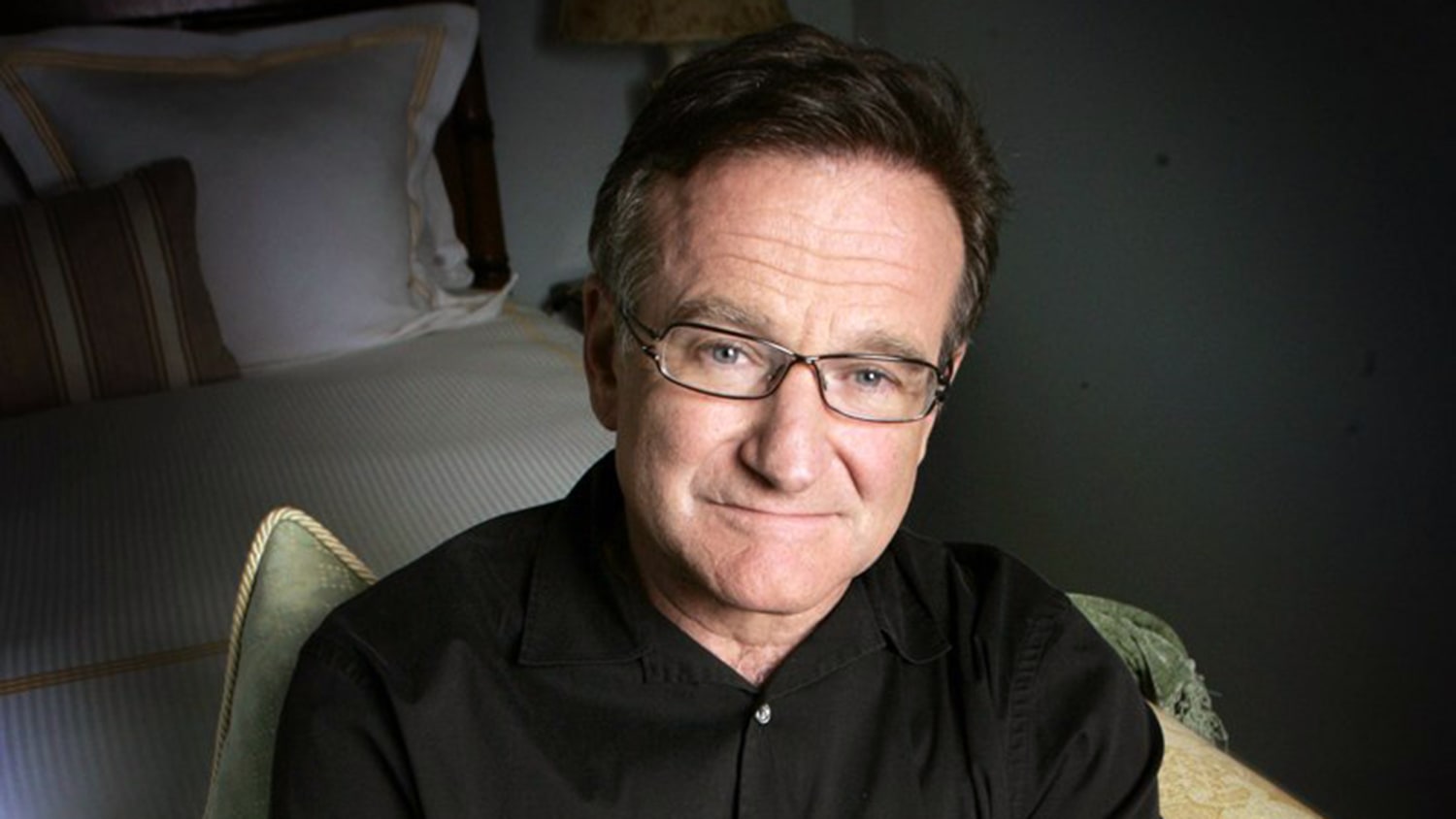
Connie Francis Dies at 87: Pop Icon Behind ‘Who’s Sorry Now?’ Remembered
Connie Francis, the trailblazing pop icon whose songs defined a generation, has died at the age of 87. The singer passed away on the night of July 16, just weeks after sharing with fans that she was back in the hospital undergoing tests for severe, unexplained pain. Her passing was confirmed by longtime friend Ron Roberts, president of her record label Concetta Records, in a heartfelt Facebook post on the morning of July 17.
“It is with a heavy heart and extreme sadness that I inform you of the passing of my dear friend Connie Francis last night,” Roberts wrote. He added that Francis would have wanted her fans to hear the news directly.
Francis’ death marks the end of a legendary and deeply complex career. Known for hit singles like Who’s Sorry Now?, My Heart Has a Mind of Its Own, and Don’t Break the Heart That Loves You, Francis was one of the first true female pop superstars—and the first solo woman to top the Billboard Hot 100.
How Did Connie Francis Rise to Fame?
Born Concetta Franconero in 1937 in Newark, New Jersey, Connie Francis began performing at the age of 4, entering talent competitions and singing while playing the accordion. Her early years were shaped by her father’s relentless encouragement, and she eventually became a regular on NBC’s Startime Kids before choosing “Connie Francis” as her stage name.
She signed with MGM Records in 1955, but her first 18 singles flopped. Facing the threat of being dropped, her father pushed her to record an old 1923 standard—Who’s Sorry Now?—against her wishes. At first, it didn’t take off. But when the song aired on American Bandstand in 1958, everything changed. It became an international hit and launched Francis into stardom.
From there, the hits kept coming: Lipstick on Your Collar, My Happiness, Among My Souvenirs, and her biggest U.S. album, Connie Francis Sings Italian Favorites. In 1960, she made history when Everybody’s Somebody’s Fool became the first No. 1 Billboard hit by a solo female artist.
What Made Connie Francis a Trailblazer in Music?
Francis’ influence went far beyond her vocals. She recorded songs in multiple languages and found success internationally. She also starred in films like Where the Boys Are and became one of the few female entertainers of her era to command both music charts and movie screens.
She broke barriers in a male-dominated industry and created space for future generations of female artists. Her music was heartfelt, melodic, and emotionally resonant—capturing love, heartbreak, and longing in a way that audiences still connect with today.
Recently, her 1962 B-side track Pretty Little Baby went viral on TikTok, introducing her sound to an entirely new generation more than six decades after its release.
What Challenges Did Connie Francis Face in Her Life?
Despite her soaring career, Connie’s personal life was filled with tragedy and hardship. In 1974, she was sexually assaulted in a Long Island motel. The trauma deeply affected her health and career. A few years later, a botched nasal surgery temporarily robbed her of her singing voice. Then in 1981, her brother George was murdered by the mafia.
That same year, she tried to relaunch her music career but was soon plagued by mental health struggles. Francis was committed to psychiatric hospitals 17 times across five states. She later revealed in interviews that she had been misdiagnosed with multiple disorders before finally learning she had PTSD.
Through it all, she remained candid and resilient. “I tried to see humor in everything, even when I was in a mental institution,” she said in 2018.
She became a passionate advocate for rape survivors and worked with President Ronald Reagan’s administration on crime prevention. In later years, she collaborated with Mental Health America to raise awareness about trauma and recovery.
Who Did Connie Francis Love—and What Was Her Legacy?
Francis’ early relationship with fellow singer Bobby Darin was cut short by her father, something she later called her greatest regret. Darin passed away in 1973, and Francis often said he was the love of her life.
She was married four times—each union short-lived. She adopted a son, Joseph Garzilli Jr., during her third marriage. Her later years were spent focused on family, music, and telling her story. She published two memoirs: Who’s Sorry Now? (1984) and Among My Souvenirs (2017).
In interviews, she often reflected on her turbulent life with a mixture of honesty and hope. “I want to be remembered not so much for the heights I have reached, but for the depths from which I have come,” she said.
Connie Francis was more than a chart-topper—she was a survivor. Her music helped define the sound of a generation, and her resilience in the face of trauma left a powerful legacy that goes far beyond hit singles.
She is survived by her son, and by the millions of fans who will continue to sing along to the songs that made her a legend.
Popular Categories





